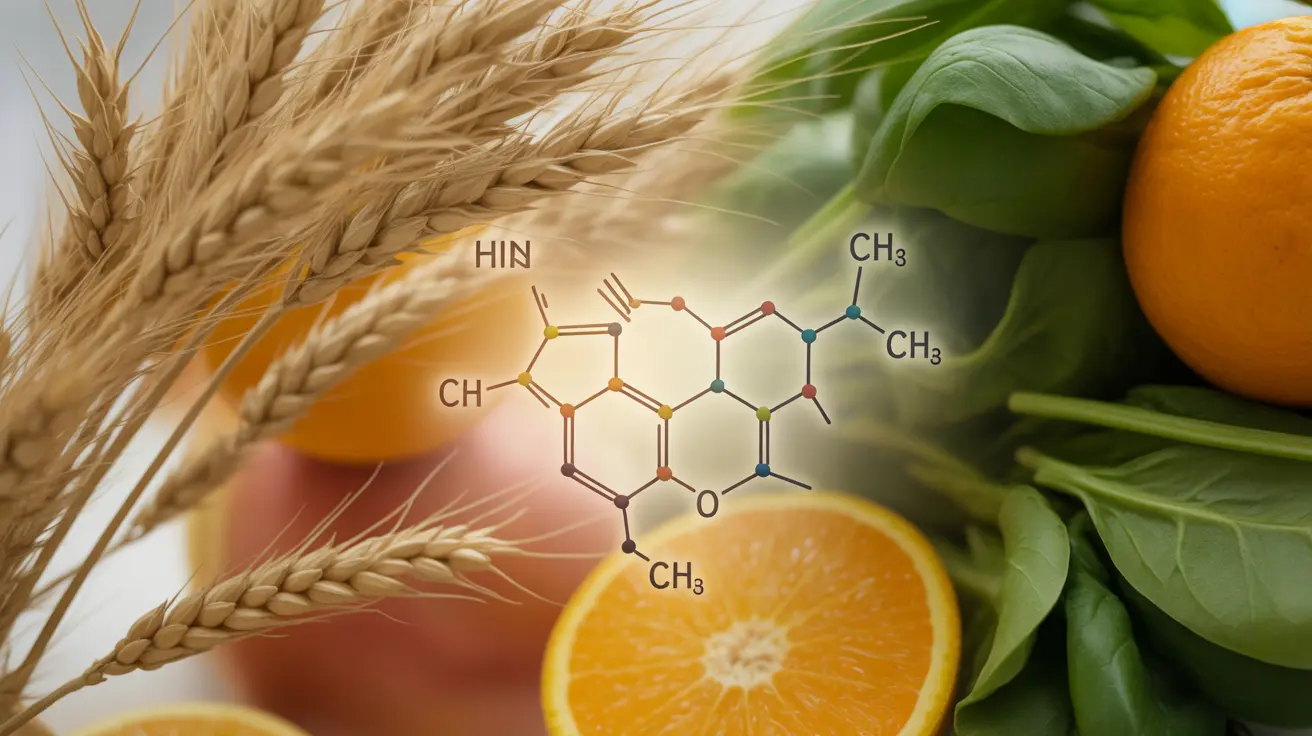Ferulic acid is a powerful antioxidant compound gaining significant attention in skincare and health communities. This naturally occurring substance, found in various plants and foods, has emerged as a potent ingredient for protecting skin health and potentially offering broader health benefits. Understanding its properties and applications can help you make informed decisions about incorporating it into your wellness routine.
In this comprehensive guide, we'll explore the science behind ferulic acid, its numerous benefits for skin health, natural sources, and its potential role in preventing various health conditions.
Understanding Ferulic Acid and Its Properties
Ferulic acid belongs to the hydroxycinnamic acid family, a group of powerful antioxidants. This compound is naturally produced by plants as a protective mechanism against environmental damage, UV radiation, and oxidative stress. Its molecular structure makes it particularly effective at neutralizing free radicals and supporting cellular health.
Skin Benefits and Anti-Aging Properties
When applied topically, ferulic acid offers multiple benefits for skin health:
- Protection against UV damage and photoaging
- Reduction in fine lines and wrinkles
- Enhancement of skin firmness and elasticity
- Prevention of dark spots and hyperpigmentation
- Support for overall skin barrier function
Synergistic Effects with Other Antioxidants
One of ferulic acid's most remarkable properties is its ability to enhance the effectiveness of other antioxidants. When combined with vitamins C and E, it creates a powerful protective network that offers superior defense against environmental damage and aging factors.
Natural Sources of Ferulic Acid
You can obtain ferulic acid through various dietary sources:
- Whole grains (rice, wheat, oats)
- Seeds (flaxseed, rice bran)
- Fruits (oranges, apples, pineapple)
- Vegetables (corn, spinach, artichokes)
- Beverages (coffee, tea)
Safety and Usage Guidelines
While ferulic acid is generally considered safe for most people, it's important to understand proper usage and potential reactions. When using skincare products containing ferulic acid, start with a patch test and gradually incorporate it into your routine.
Therapeutic Applications Beyond Skincare
Research suggests ferulic acid may offer broader health benefits, including potential protective effects against various chronic conditions. Its antioxidant and anti-inflammatory properties make it a promising compound for supporting overall health.
Frequently Asked Questions
What are the key benefits of ferulic acid for skin health and anti-aging?
Ferulic acid provides powerful antioxidant protection, helps prevent UV damage, reduces fine lines and wrinkles, and supports collagen production. It also helps maintain skin firmness and can improve overall skin texture and tone.
How does ferulic acid work with vitamins C and E to protect the skin?
Ferulic acid enhances the stability and effectiveness of vitamins C and E, creating a synergistic effect that provides superior antioxidant protection. This combination helps prevent oxidative stress and provides better protection against environmental damage than any of these ingredients used alone.
What foods are the best natural sources of ferulic acid in the diet?
The richest sources of ferulic acid include whole grains (especially rice bran and wheat bran), seeds like flaxseed, citrus fruits, and vegetables such as corn and spinach. Coffee and certain teas also contain significant amounts.
Are there any side effects or skin reactions to using ferulic acid serums?
While ferulic acid is generally well-tolerated, some people may experience mild irritation, redness, or sensitivity. It's important to perform a patch test before regular use and start with lower concentrations if you have sensitive skin.
Can ferulic acid supplements help prevent chronic diseases like heart disease or diabetes?
Research suggests ferulic acid's antioxidant and anti-inflammatory properties may help protect against chronic diseases. While promising, more studies are needed to fully understand its therapeutic potential in preventing specific conditions like heart disease and diabetes.




